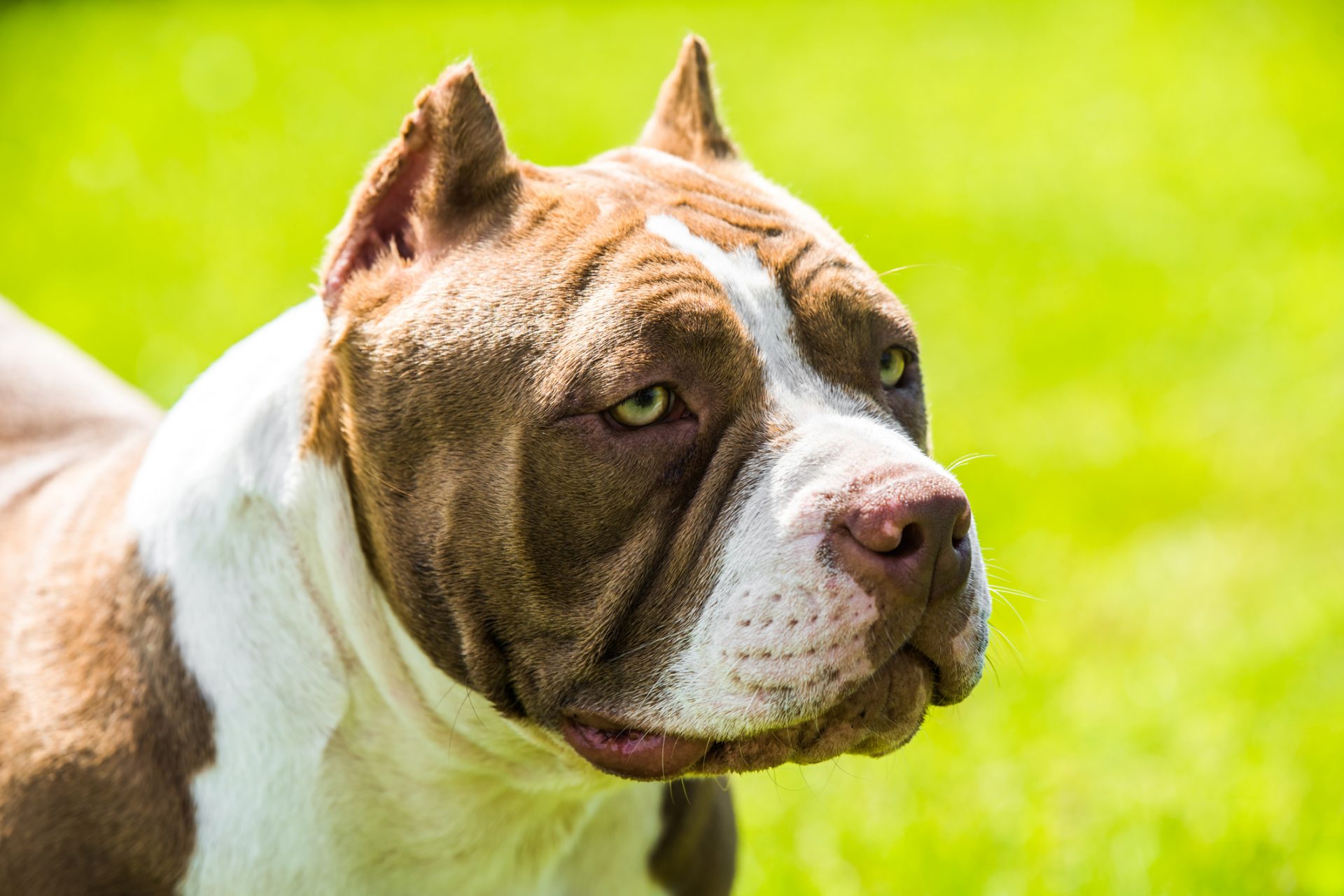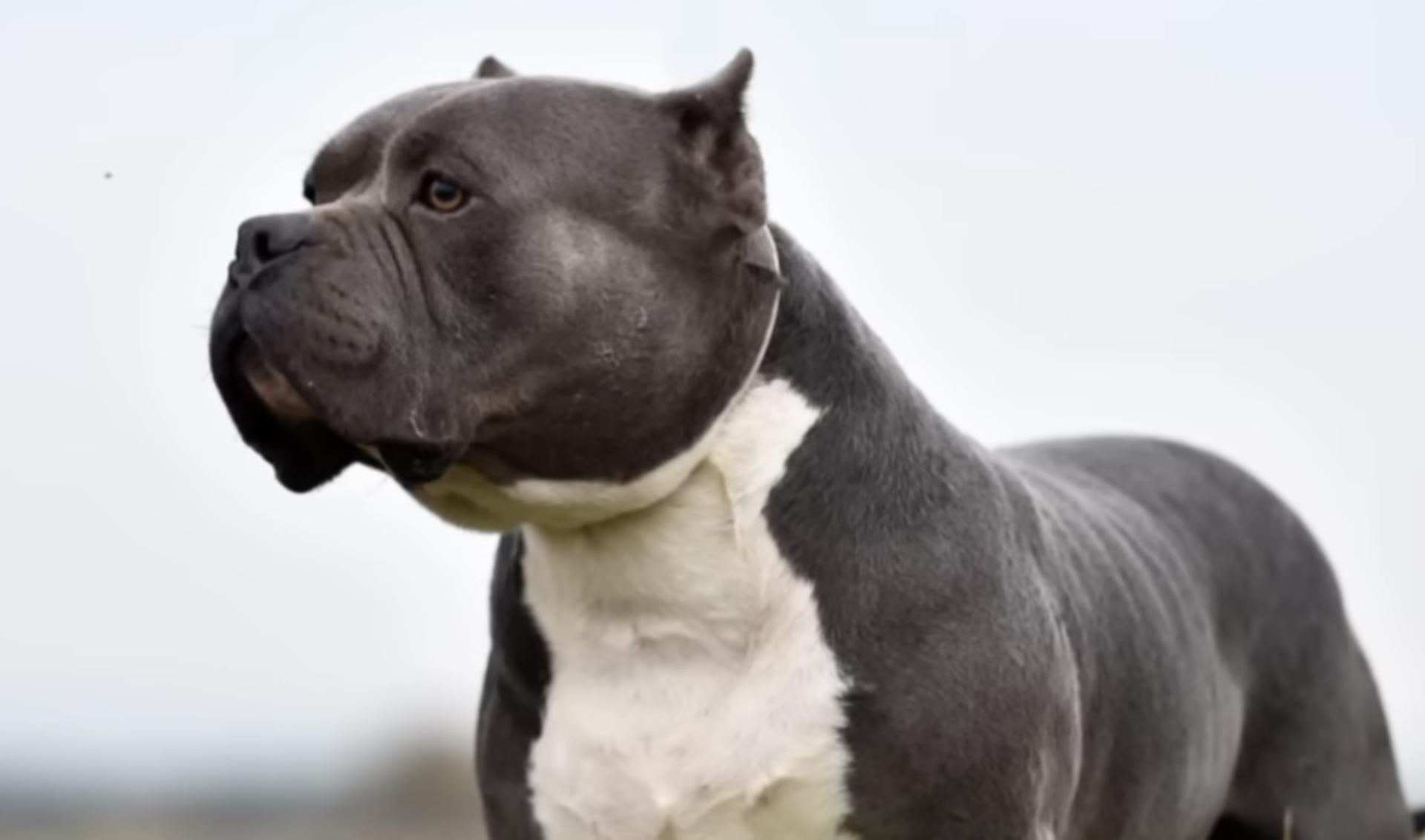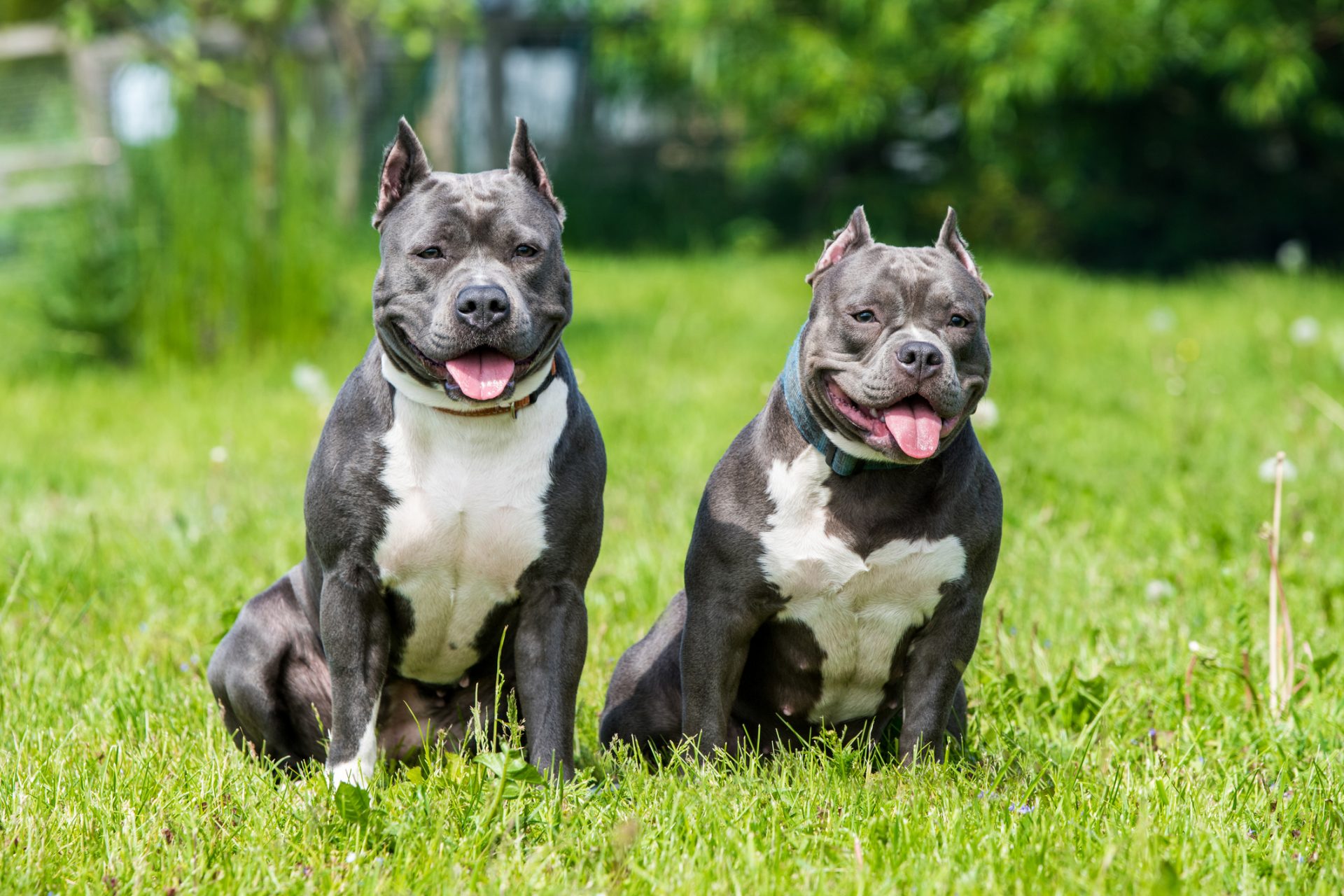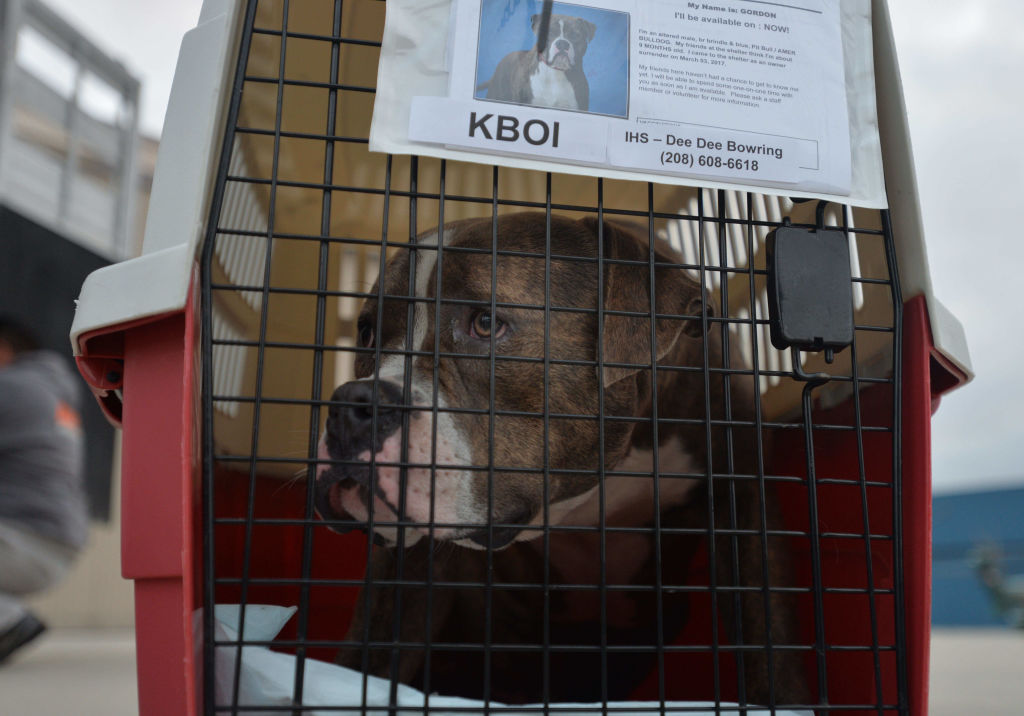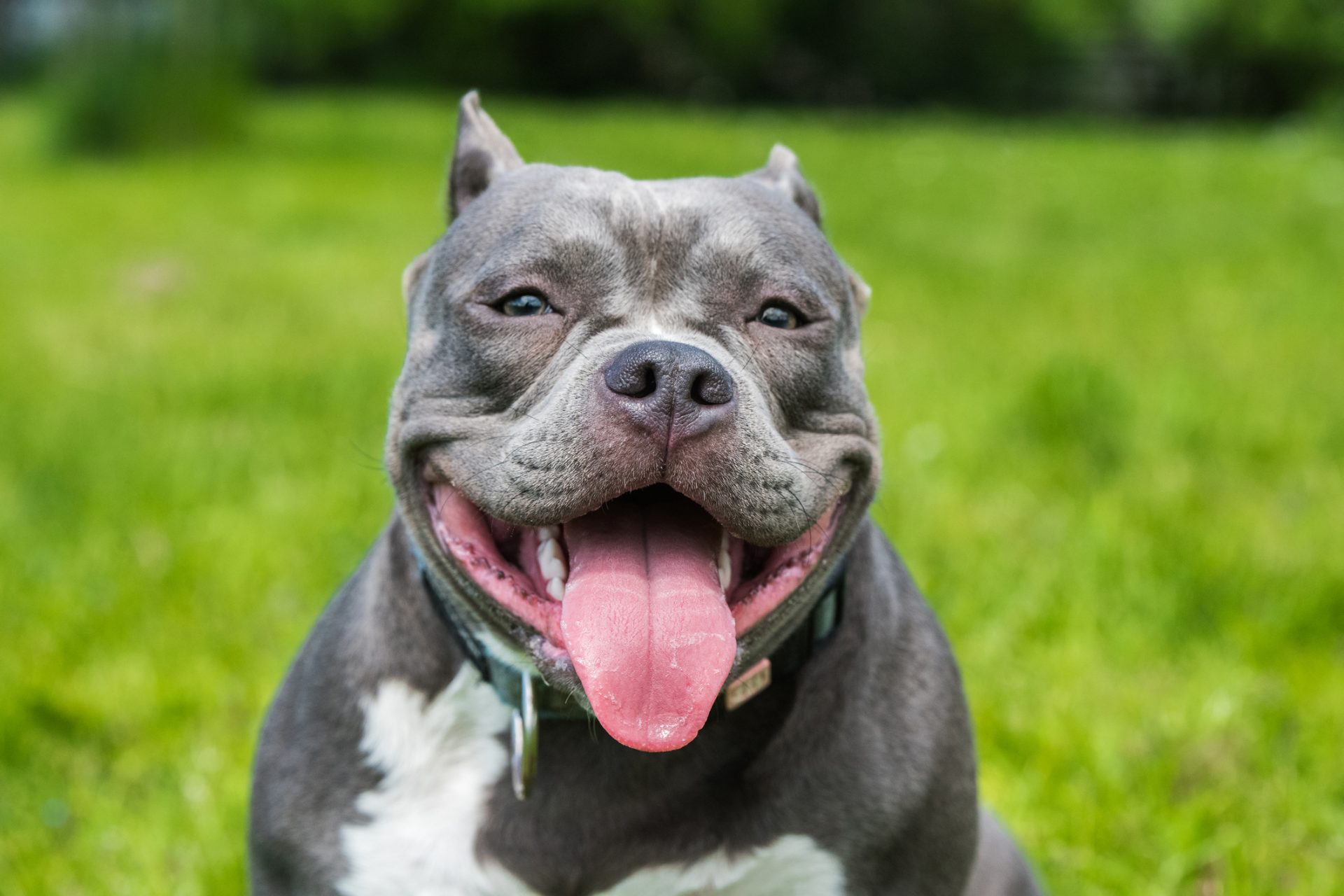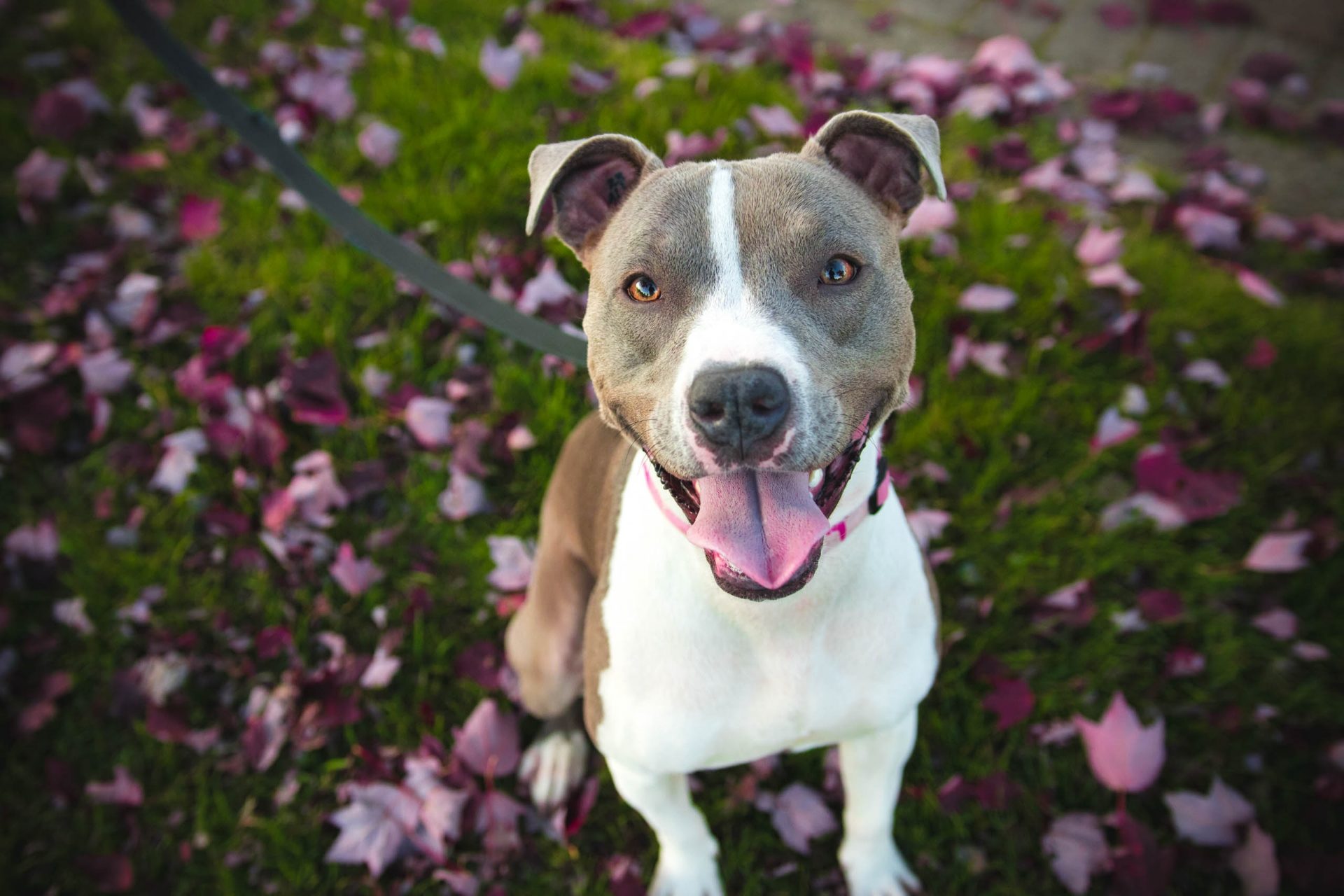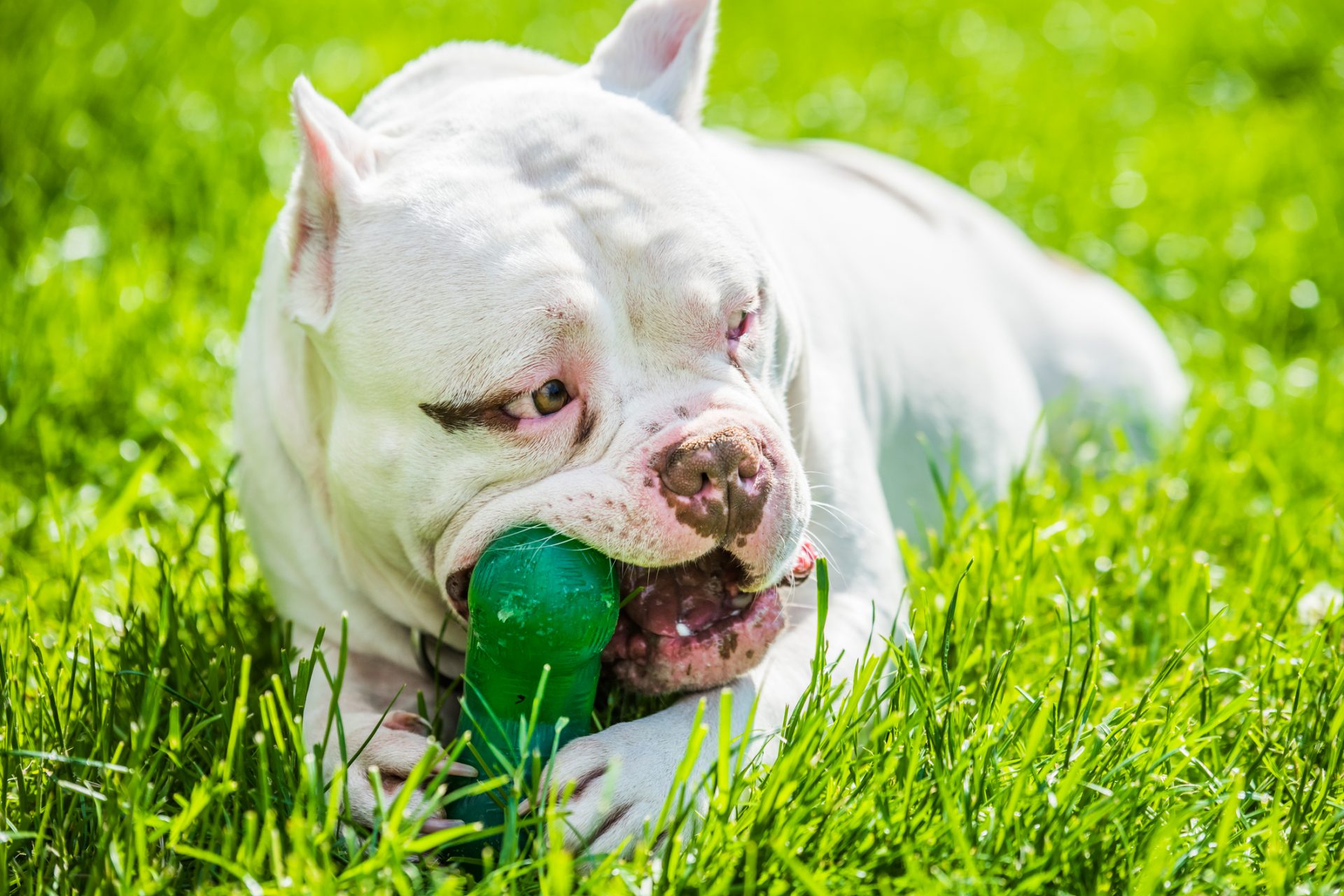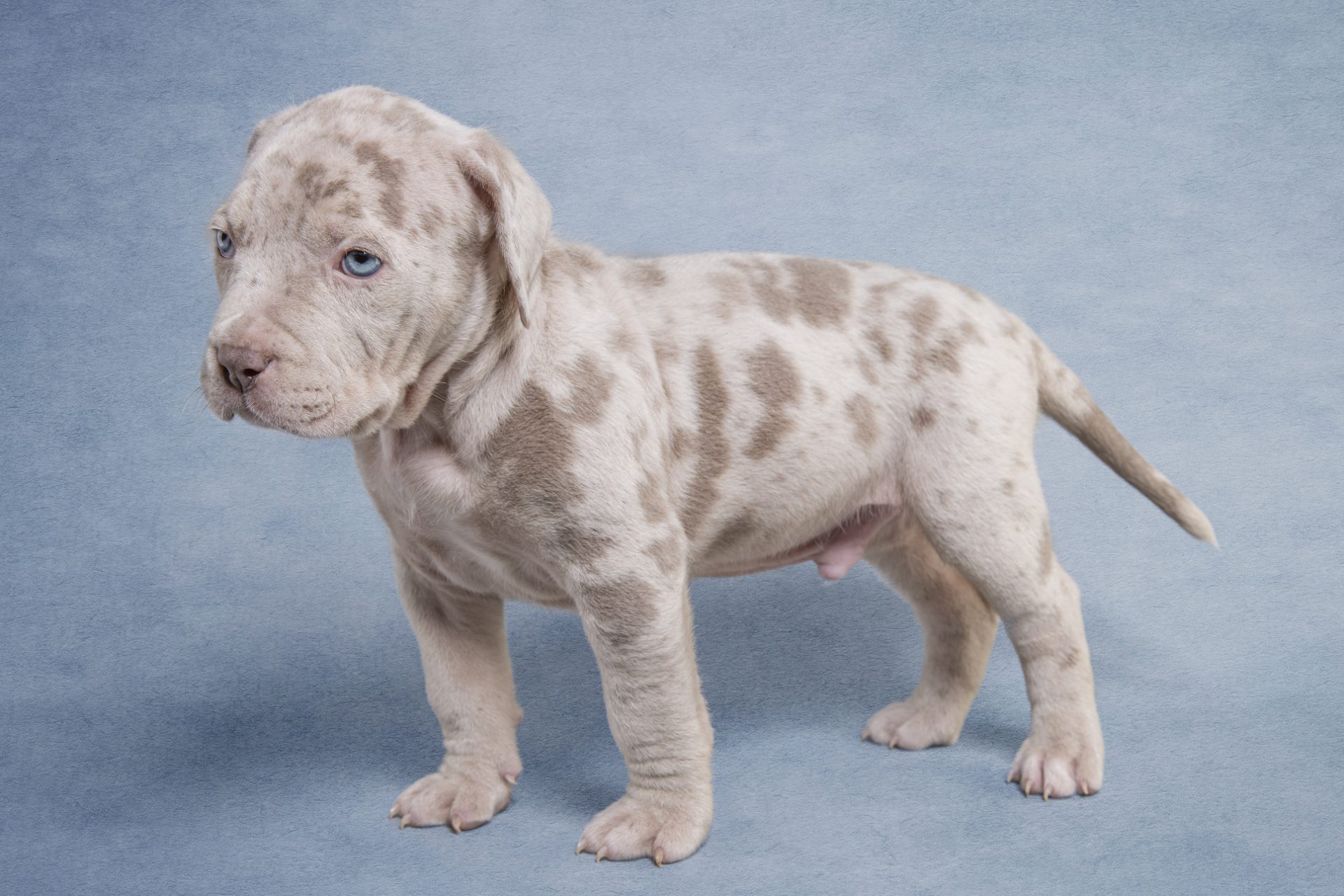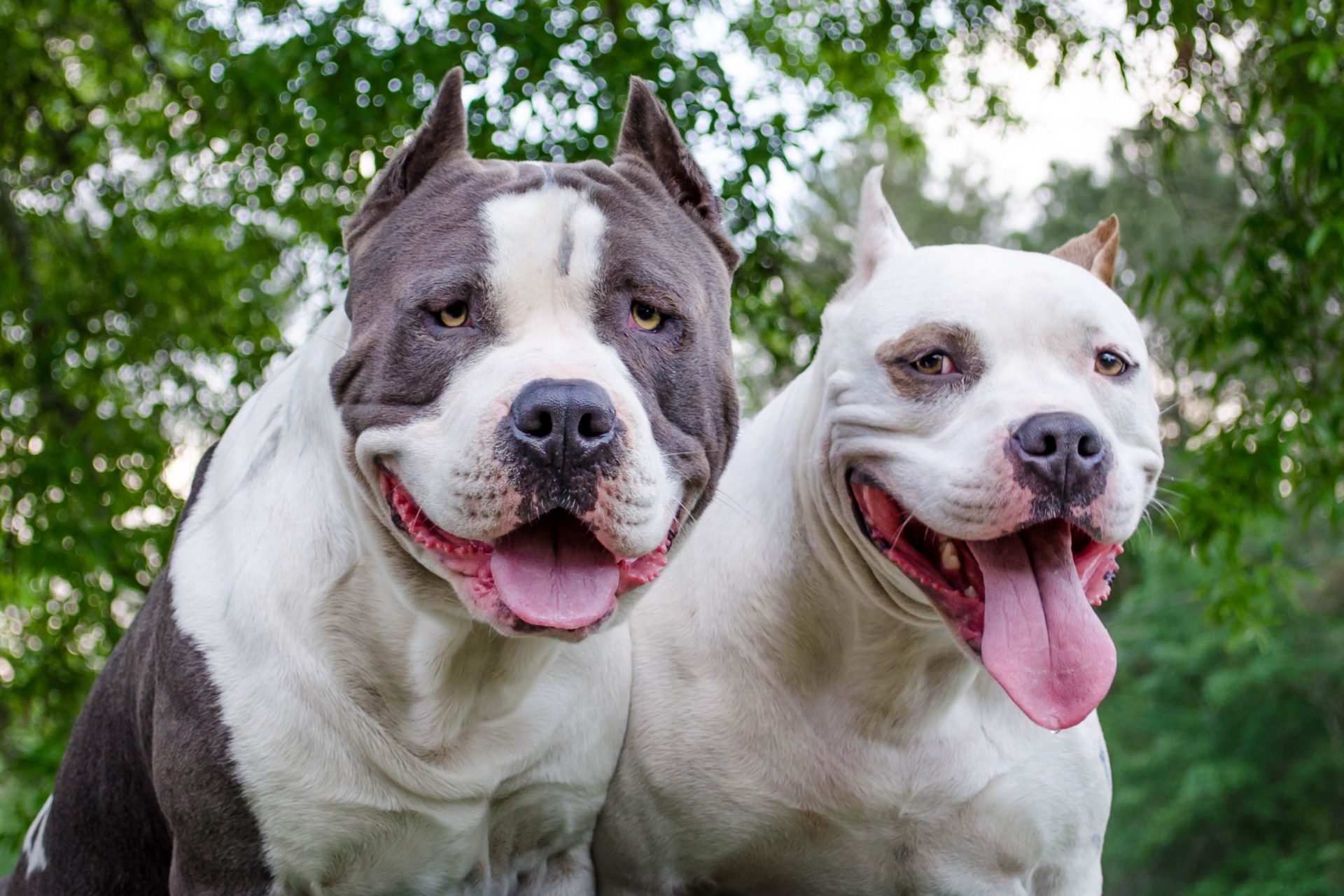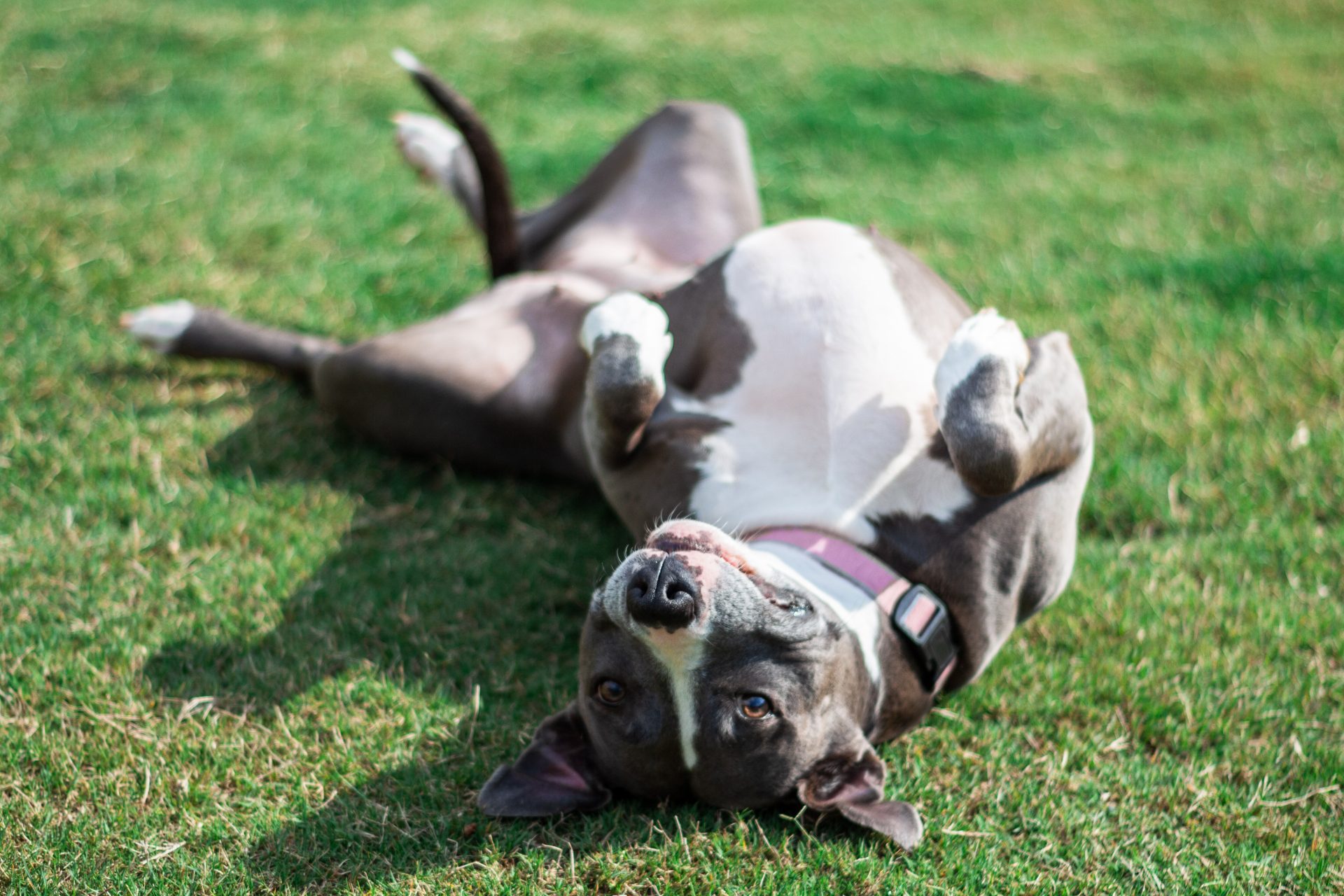What does the UK ban of American XL Bully dog means for owners?
UK’s Prime Minister Rishi Sunak announced the nation's intention to ban all American XL Bullies by the end of 2023, a few days after the death of a man attacked by two dogs presumed to be American XL Bullies, the BBC reported.
Secretary of State for Environment, Food and Rural Affairs, Thérèse Coffey, said in a statement that dog attacks are “devastating for victims and their families, and it is clear that more needs to be done to stop them and protect the public."
Photo: Times Radio
UK’s Chief Veterinary Officer, Dr. Christine Middlemiss, told BBC Radio 4 Today program that despite the ban, there would be no cull (population reduction by slaughter).
Photo: Times Radio
Instead, she said there will be an "amnesty" plan in place, which will require owners who already have the dogs to follow specific guidelines.
Photo: Good Morning Britain
Middlemiss said that keeping your family pet will entail registering it with the government, muzzling and leashing it when outside at all times, and purchasing insurance.
Photo: Good Morning Britain
However, according to Euronews, the law has long been controversial for its failure to stem the rise of dog attacks and for its apparently misplaced focus on a dog's breed or appearance instead of an individual dog's behavior.
Photo: Justin Veenema/Unsplash
The act would add the American XL Bully breed to the existing list, which currently bans the Pitbull terrier, the Japanese Tosa, the Dogo Argentino (pictured) and the Fila Brasileiro.
However, the "American XL Bully" is not a breed recognised by the UK’s Kennel Club and has not otherwise been defined, meaning officials need to first determine what dogs qualify as being part of the breed, Sunak said.
According to ABC news, the American XL Bully is a relatively new dog breed that originated in the United States in the 1980s and arrived in the UK around 2014.
Known for its powerful appearance, the breed can weigh more than nine stone (60kg or 132 pounds). However, it’s described as being friendly by the American Kennel Club.
Photo: Good Morning Britain
The American XL Bully is already illegal in France, Turkey and the United Arab Emirates. At the same time, in other countries, including Ireland, there are strict rules in place that they must be muzzled and kept on a lead shorter than two metres when in public, Euronews reports.
According to several breeding associations, pit bulls are not a distinct breed but rather a type of dog. However, people often associate all of them with aggression.
Photo: Timothy Dachraoui/Unsplash
More for you
Top Stories



